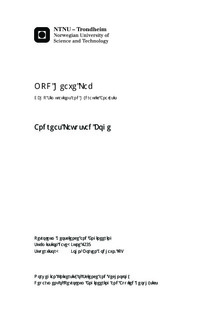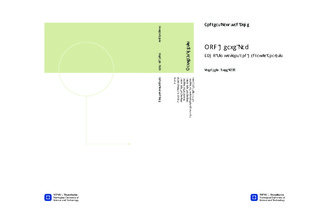| dc.description.abstract | Drilling performed from floating drilling rigs subjected to heave motion may be challenging. As the drillstring is suspended in slips during connection, the entire drillstring follows the motion of the floating rig. In harsh environment with heavy waves, drillsting heave induces severe surge and swab effects down hole. In a narrow pressure window reservoir, this effect might be crucial and worst case scenario is to lose the well. MPD on floating rigs is an approach to solve issues regarding surge and swab effects. A scaled MPD rig subjected to heave motion has been constructed at NTNU. The objective of the scaled rig is to design an automatic operated choke system to reduce pressure fluctuation due to surge and swab effects on a lab scale. A precise hydraulic model is crucial for a successful experiment. This thesis presents two different hydraulic models for the MPD heave lab. A simplified empirical model is developed based on curve matching from fixed choke experiments, this non-linear model is fairly simple and may be implemented as a controller in the heave lab. CBHP simulations based on the empirical model are performed in this thesis, but the controller has not been tested in the lab. A linear controller has been implemented in the heave lab, which reduced BHP fluctuation up to 64% (Albert, A. 2013). A sophisticated numerical model has also been developed to analyse hydraulics in the heave lab. The numerical model simulates both flow and pressure throughout the entire heave lab. This model deviates slightly from observed data which is caused by unsteady laminar flow effects and unsteady wall shear stress due to fluid acceleration. The hydraulic analysis address important factors for a real case MPD heave compensation operation, such as; fluid acceleration effect on hydraulic friction factor and flow delay caused by fluid inertia. There is a significant uncertainty associated with along wellbore parameters, especially the unsteady hydraulic friction factor which depends on properties as wellbore geometry and formation properties. Sufficient downhole pressure sampling is crucial for a MPD heave compensation operation, wired drillpipe is therefore advisable, transmitting up to 57600 bits per second. | nb_NO |

